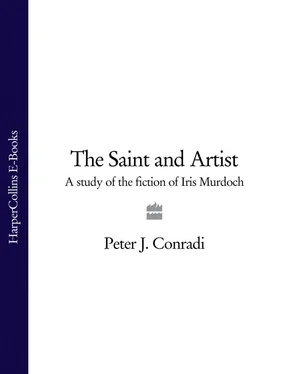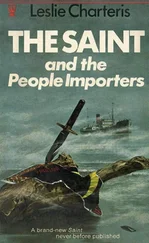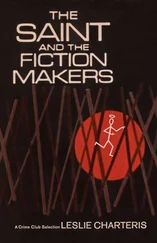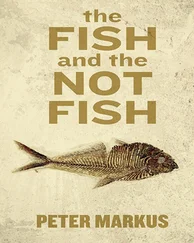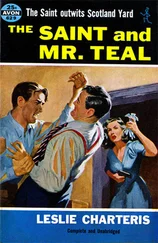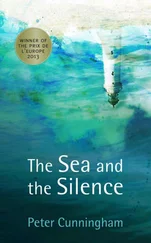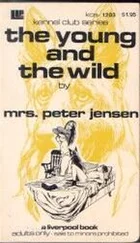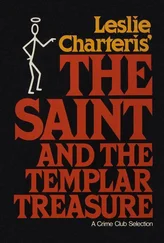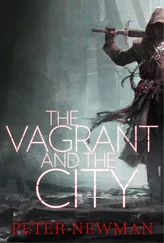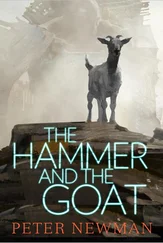3 ‘Against Gravity’: The Early Novels and An Accidental Man
U nder the Net presented a hero of the will at its centre and a man attempting to sacrifice his will at the edge. The pattern is common to many of the early novels and is never wholly abandoned. Malcolm Bradbury has used the word ‘psychopomp’ for these decentred educators or leaders-of-souls. 1 In this chapter I suggest that these psychopomps are of two kinds, one of them distinctly more worldly than the other, and look at the ambiguous idea of worldliness itself in Murdoch’s work. Since a common form of illusion is to imagine that you are more virtuous than you really are, the psychopomp, who acts, however unwittingly, as a tantric master reconnecting the novice with the real, can sometimes speak with an apparent worldliness.
The Flight from the Enchanter (1956) was begun before the publication of Under the Net, and an early draft held at the University of Iowa makes clear that originally all the major characters were to have been refugees – not merely Mischa Fox, Nina and the Luciewicz brothers, but also Rosa Keepe and Peter Saward who, under a different name, appeared to be a Central European writing a history of the Jews. The published book distances this theme of displacement and achieves a deliberate alienation of the treatment, which is lightly comic, Lewis Carroll-like and fantastic, from the matter, which is sombre. The English, too, are subject to various displacements. Agnes Casement is a recruit to the bureaucracy where Rainborough works, and one who seems likely to overtake him. Rosa has made the reverse movement, declassing herself to work in a factory. Annette Cockaigne is a ‘cosmopolitan ragamuffin’ speaking four languages. Even the sedate and unremarkable Rainborough suffers the uprooting of an old wistaria tree with all its associations. At the centre of the book is the enchanter and refugee Mischa Fox, with one eye blue and one brown, not famous for ‘anything in particular…just famous’ (81), a figure of bad power who enslaves many of those who surround him, partly through the devices of Calvin Blick. Blick represents Fox’s ‘sub-conscious’ dark half (Caen, 1978), and his photographic dark-room occupies the cellars of Fox’s Kensington palazzo. Mischa contrives to seem innocent because the enslaved Calvin carries the full burden of consciousness and guilt. Mischa, the artist-figure, is the creator of his own myth, with which the other characters actively collude.
The magnetic difference in Under the Net between Hugo and Jake is echoed in the implicit opposition between Mischa and Peter Saward. Neither Mischa nor Peter is focused with the skilful energy shown in their later incarnations Tallis and Julius in A Fairly Honourable Defeat. Both are nonetheless interesting. Like Tallis, Peter had a sister who died. He has advanced tuberculosis, lives an ascetic scholarly life trying to decipher an ancient script, and is decked out with an unclassifiable plant. Peter is otherworldly, does not read the papers, is associated – again, like Tallis – with an unconscious night wisdom, some of it nonsensical, lives with great simplicity, has long contemplative periods, and is recognised by the effete Hunter as ‘almost a saint’ (96). He has a personality without frontiers. ‘He did not defend himself by placing others. He did not defend himself’ (31), though he defends others, even the tormented and devilish Blick (‘I don’t know, he has a pleasant smile’). Like his anti-type Mischa he is a figure about whom the others are busy weaving fantasies. Rainborough finds himself instinctively making damaging admissions to Peter out of an instinctive if irritable trust; Rosa assumes that Peter always knows when she is lying, and he represents for her the ‘sweetness of sanity and work, the gentleness of those whose ambitions are innocent, and the vulnerability of those who are incapable of contempt’ (253). His virtue is necessary to the others as an object of contemplation and speculation, just as is Mischa’s power. While Mischa feeds off such speculation and is fattened by it there is a simplicity in Peter which resists it. It is an acute observation that Mischa’s power is invested in him by his ‘creatures’, and is a product of their masochistic needs quite as much as of his own hard work.
Even Mischa wants to reveal himself only to Peter, who, as A.S. Byatt pointed out in an excellent reading, is the only person shown to us in the role of neither victim nor predator. 2 ‘Everyone has been going mad as usual,’ says Mischa. ‘You make them mad,’ Peter replies (205). Chapter 17, in which the two finally meet, resembles Jake and Hugo’s meeting in the hospital in that it represents something like a still centre, sandwiched between various arbitrary violences – Annette’s breaking of her leg, Miss Casement’s chopping down Rainborough’s wistaria. Its stillness also prefigures Julius and Tallis’s meetings in the kitchen in A Fairly Honourable Defeat, just as Mischa’s more fantastic deracination (‘Where was he born? What blood is in his veins? No one knows’ (35)) directly prefigures the more pointed discovery of Julius’s wartime internment in Belsen. In both meetings we sense a shared understanding between the two ‘spiritual’ characters. Peter is the only character whose pity for Mischa is shown uncorrupted by that longing to possess or destroy with which pity is here always associated. ‘If the gods kill us, it is not for their sport but because we fill them with such intolerable compassion, a sort of nausea’ (208), says Mischa, who is the chief repository of this nauseous compassion, a man reputed to cry when reading the newspapers, and who confesses to having killed a kitten when overwhelmed by it. ‘Some paradox of our natures leads us, when once we have made our fellow men the objects of our enlightened interest, to go on to make them the objects of our pity, then of our wisdom, ultimately of our coercion.’ 3 Pity as an active torment, symbolised through the animal world, is a great theme in Murdoch’s novels. There are weird communal ‘damaged animal’ dreams in The Sacred and Profane Love Machine, and Otto has a sequence of comic alarm dreams involving crushed or mutilated animals in The Italian Girl. In The Philosopher’s Pupil Gabriel is tormented by the desire to rescue a fish; in The Sandcastle Felicity cries childishly for a lost slug and for a butterfly flown out to sea. The Flight from the Enchanter reads in part as a meditation on the theme of pity and power; and Hitler, who, we are reminded, killed the pitiable and uprooted in the persons of gypsies and Jews, is, as Byatt has shown, a real presence. 4 It is a tribute to the power of the later books that they make its treatment in The Flight from the Enchanter, for all its sharpness of outline and detail, seem abstract and whimsical in comparison. What you recall, as so often in the early books, is not so much the people as the wondrous set-pieces – Annette swinging on the chandelier, Mischa’s baroque party, the Dickensian Mrs Wingfield’s hilarious and uncomfortable persecution of the good Miss Foy.
Just as both Hugo and Jake are outsiders, so are Peter and Mischa. Peter’s mode of dispossession again silently opposes Mischa’s exoticism. Peter is caretaker of the symbols of Mischa’s own lost past, when Mischa was still rooted and still ‘belonged’: Peter collects photographs of Mischa’s now destroyed hometown and keeps them for him.
John Bayley has acutely observed that ‘the modern reflective consciousness cannot in some sense but see itself as taking part in a novel, the novel being the standard literary reflection in our age.’ 5 Against this might be set Simone Weil’s dictum that ‘Just as God, being outside the universe, is at the same time the centre, so each man imagines he is situated in the centre of the world. The illusion of perspective places him at the centre of space.’ 6 The artists Jake and, differently, Mischa, see themselves or are perceived as being at the centre. The saintly figures are struggling in some sense ‘to give up [the] imaginary position as the centre not only intellectually but in the imaginative part of [the] soul’. 7 Decentring is the book’s theme. Peter, with the strength to survive at the edge of the world, contrasts with Nina whose dispossession demoralises her and, when no one sufficiently imagines her needs, leads to her suicide. Only for the saintly can virtue have no fixed address.
Читать дальше
